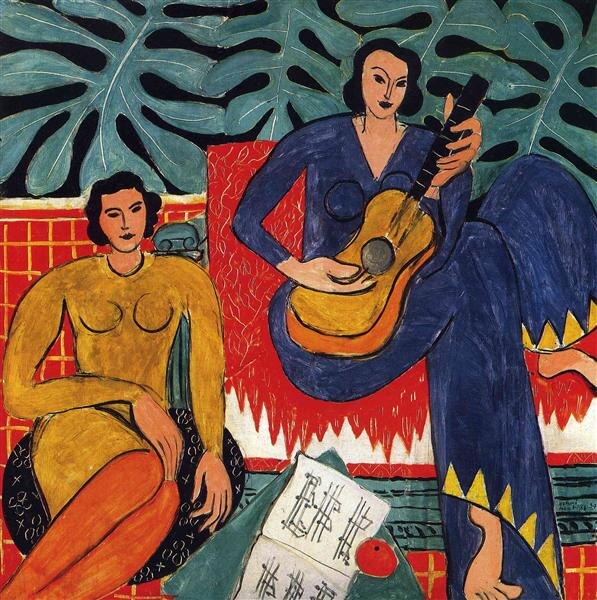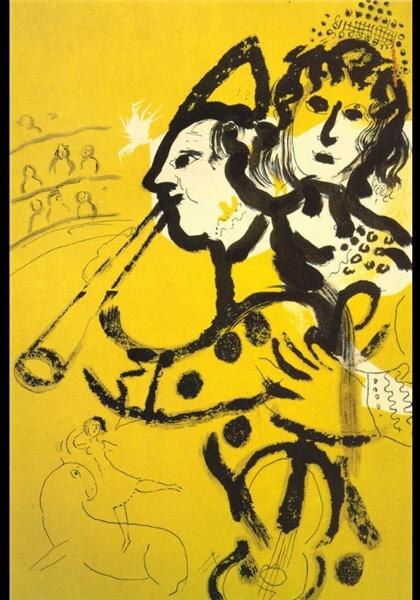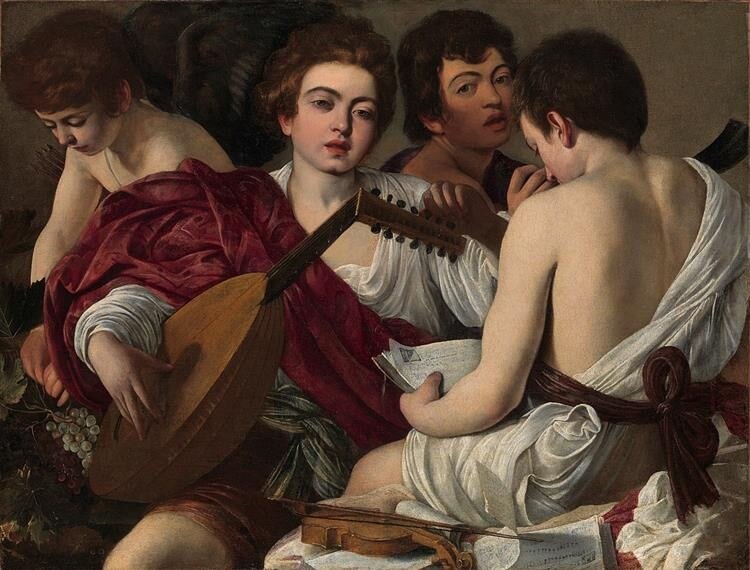“I wish that every young man when he begins to write music would not concern himself with being a melodist, a harmonist, a realist, an idealist, or a futurist or any other such devilish pedantic things. Melody and harmony should be simply tools in the hands of the artist, with which he creates music; and if a day comes when people stop talking about the German school, the Italian school, the past, the future, etc., etc., then art will perhaps come into its own.”
According to Giuseppe Verdi, the realm of art starts from music. It grows out of music and becomes fertile by looking to the past of both the history of music and that of the arts in general. “Let us go back to the past; it will be a step forward”, Verdi always asserted. His was a criticism that seems to be very relevant today.
Last June 21 – with the summer solstice – Italy celebrated music. Museums, theaters, foundations, and all art institutions dedicated special events to music and the theme of music.

In a 1595 painting, Michelangelo Merisi – known as Caravaggio – chooses musicians as his subject. It depicts four male figures, all engaged in a musical conversation. One boy with his back to us holds a score, while the other in front holds an instrument, as if to tune it. A winged cupid is placed in the left corner while he reaches for a grape. Is it a representation of Eros? An erotic image that creates a connection between them? Or a symbol of the passion that unites them? Caravaggio does not fail to self-represent himself in the young man hidden on the right side of the work, just behind the two central figures. He plays a horn, thus also participating in the concert and the opera.
In the very close-up a violin is placed in the same perspective as the lute in the central figure’s hand. Giovanni Baglione wrote in Le Vite de’ Pittori Scultori et Architetti. Dal Pontificato di Gregorio XIII del 1572 in fino a’ tempi di Papa Urbano VIII nel 1642: “And with this occasion he was known by Cardinal del Monte, who, to enjoy himself very much in painting, took him home, and took part, and commissioned his soul and credit, and painted for the Cardinal a music of some young people portrayed from the natural, very well...The cardinal intends to imitate the cultural climate of his court on canvas: the work in fact portrays three young people in the process of performing a concert.”

The client was precisely Cardinal Francesco Maria Del Monte – an art and science enthusiast as well as a collector of works of art, musical instruments, and himself a musician.
Giovanni Bellini, Nicolas Poussin, Pablo Picasso, Georges Braque, Marc Chagall, Henri Matisse, Rembrandt – no artist has remained untouched by the fascination of music, no one. A related subject, a passion that ravishes and unsettles like that of painting.

Another artist, who is perhaps little known to most, Antonio Franchi – also called Il Lucchese – decided to portray music, in a painting of great strength and charm. An oval painting. A woman, in the guise of Saint Cecilia, painted in revealing robes, holds a violin. Her hair parted and styled with flowers. The detached gaze, sensual and confident. A cherub converses with her, as if asking her to play, as if he were there begging her to start a conversation of passion with her instrument. Passion. This echoes in the canvases. Cupids, sensual figures, everything comes back to passion.
Ezra Pound stated, “Poets who are not interested in music are, or become, bad poets.”

Opening image: Caravaggio, Il concerto, ca. 1595









